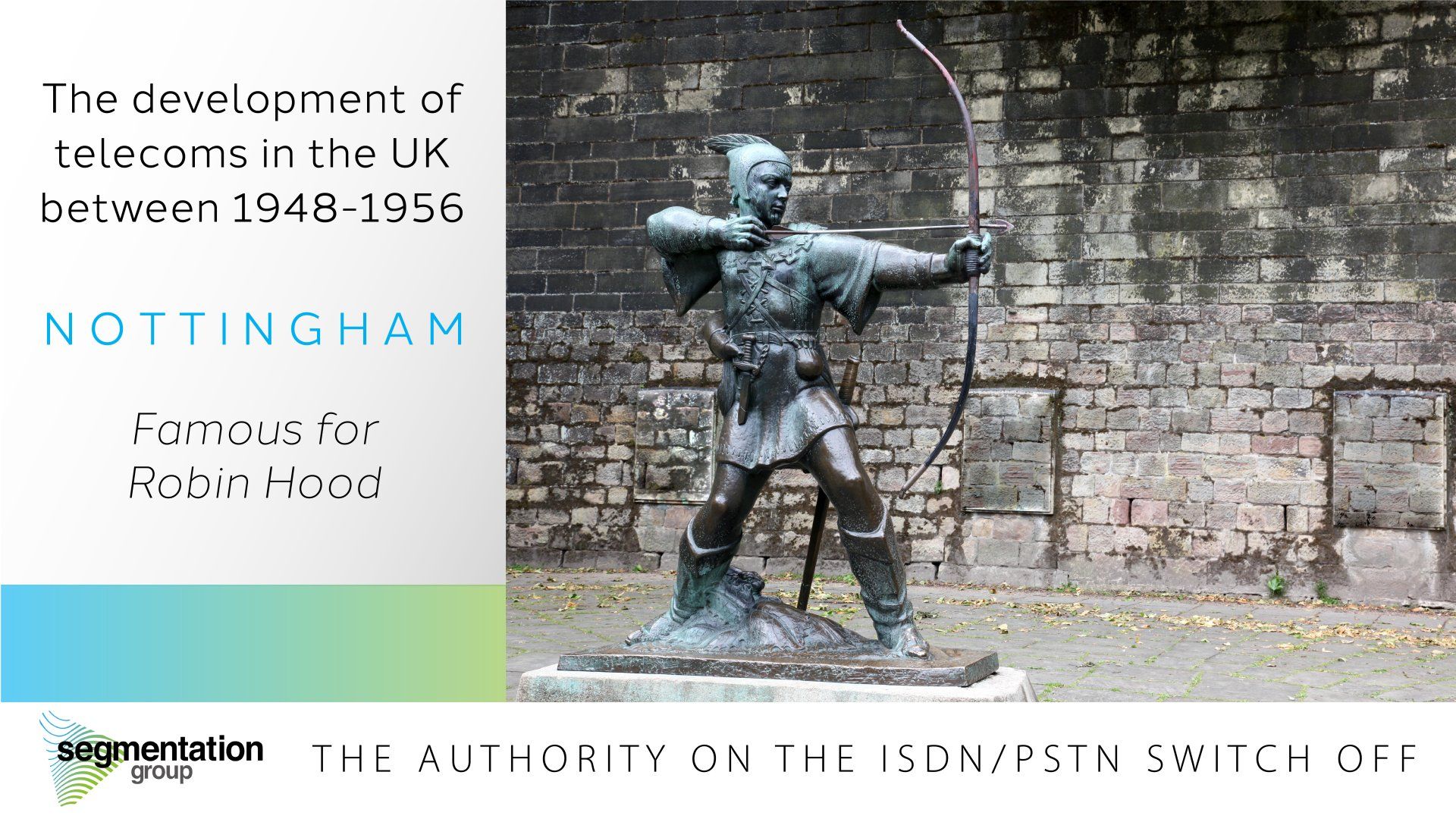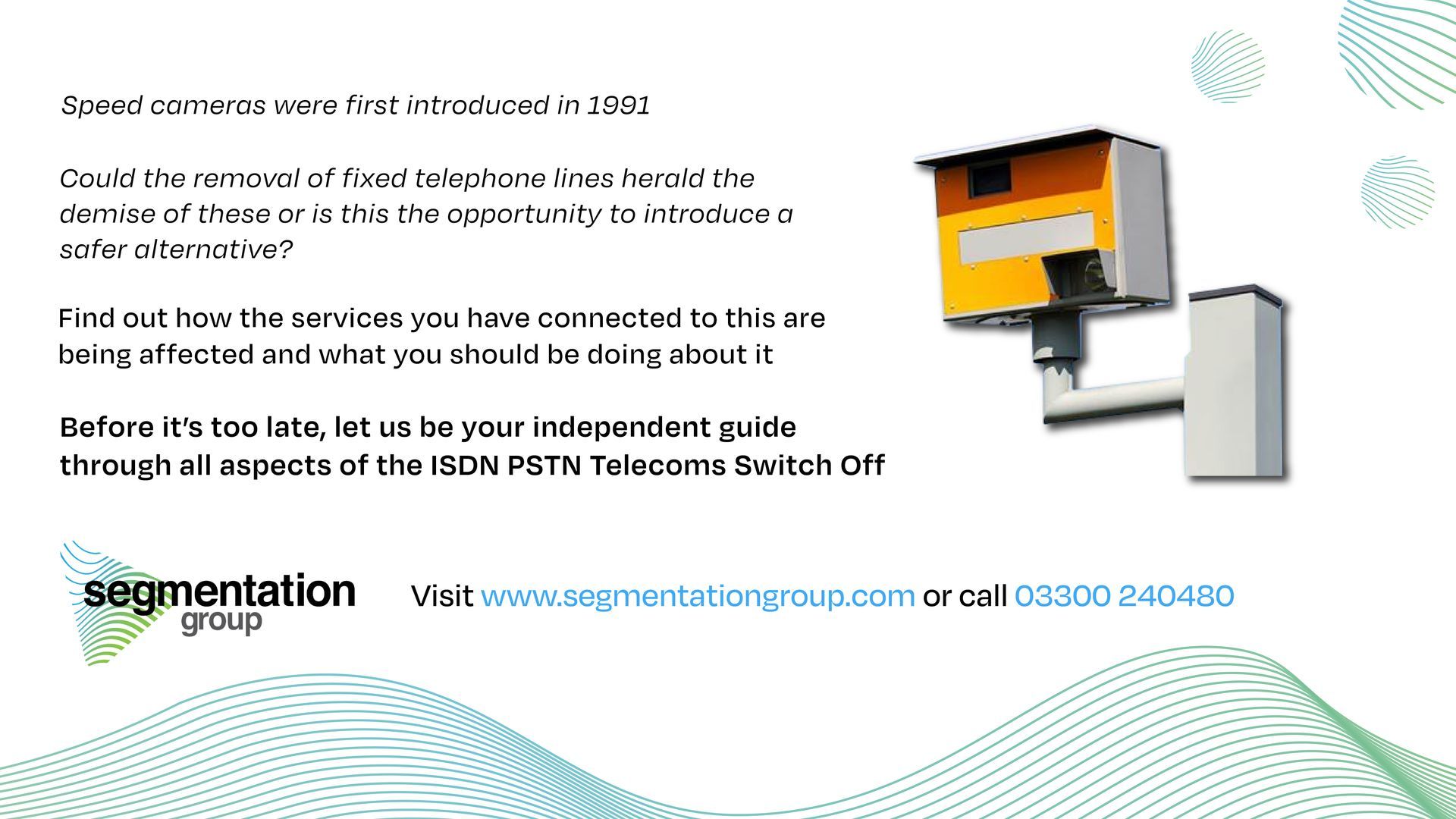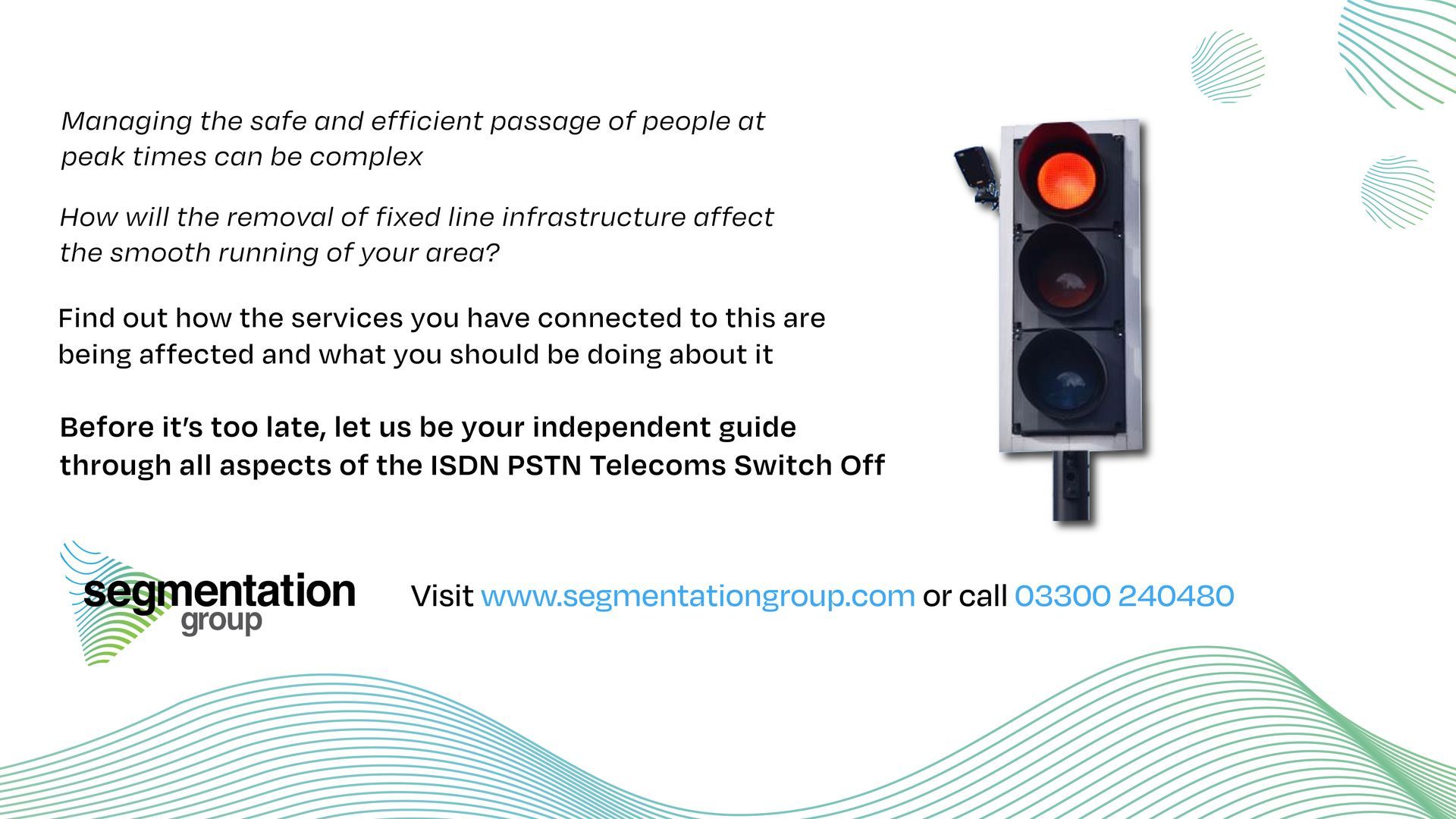The Development of Telecoms - Nottingham

The Nottingham telephone area which comprises some 1,200 square miles, includes the County Boroughs of Nottingham and Derby, the Shire of Nottingham and some 500 square miles of Derbyshire, with its beautiful hills and dales.
The industries are varied, ranging from the manufacture of lace and artificial silk to the heavy industries of iron works, coal mining, production of locomotives, aero engines and motor-car engines. Agricultural interests are centred in Derbyshire and the northern part of Nottinghamshire.
Nottingham is also famous for being the place where traffic lights were invented. John Peake Knight was a Nottingham High school student and later a railway signalling engineer, who invented a system with a revolving, gas powered lantern with a red and a green light to control the traffic.
The first ones were placed near to the House of Commons, London in 1868 but unfortunately they exploded and sadly killed a policeman. Further development was put on hold until 1920, when William Potts, an American policeman in Detroit, Michigan developed the four way, three colour system that is still in use today.
The area contains 97 exchanges, of which 71 are automatic, serving over 66,500 exchange connections and 107,000 stations – an increase of 32,000 lines and 54,000 stations since September 1939. The total area staff including engineering grades is 1,318, while the supervising and operating force numbers an additional 984.











